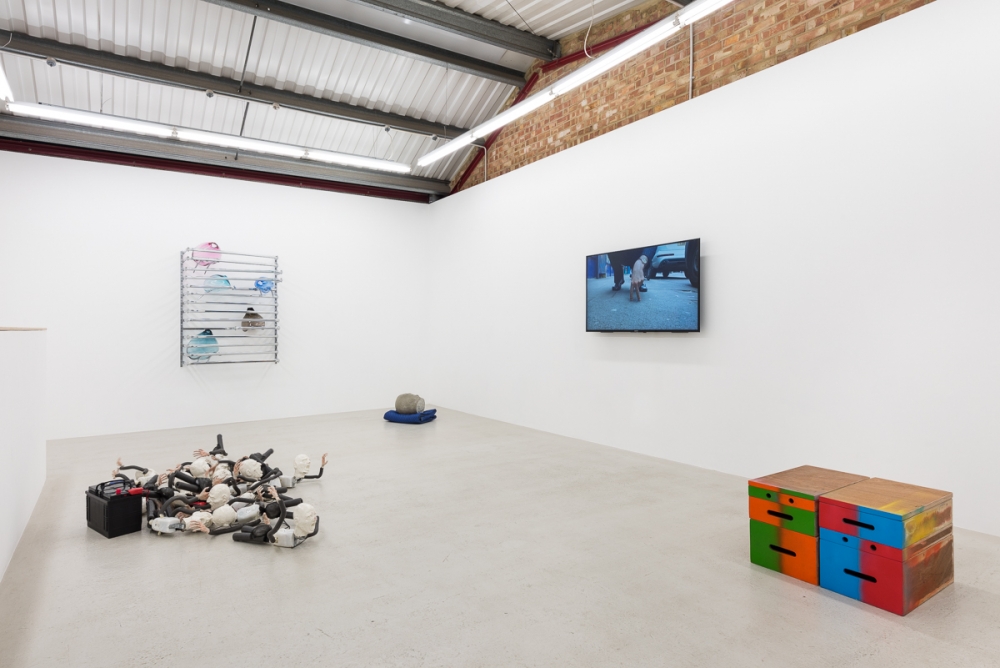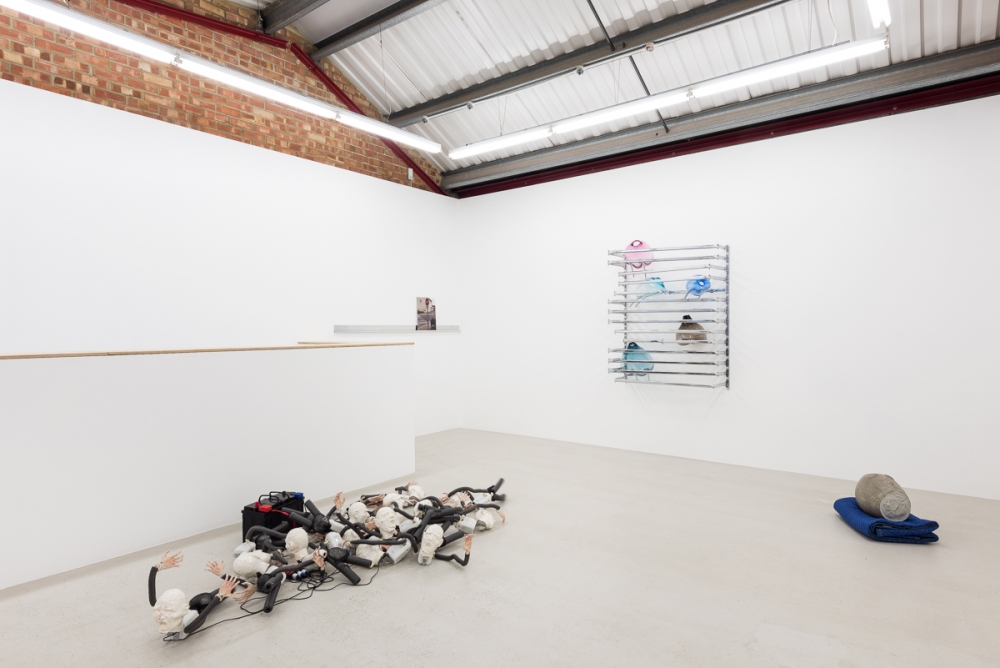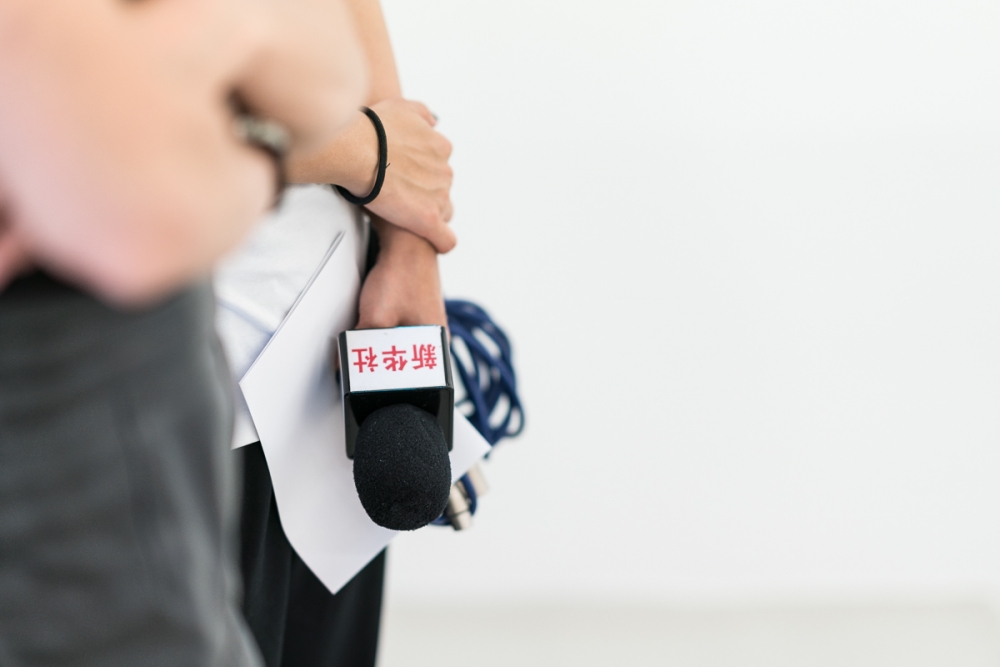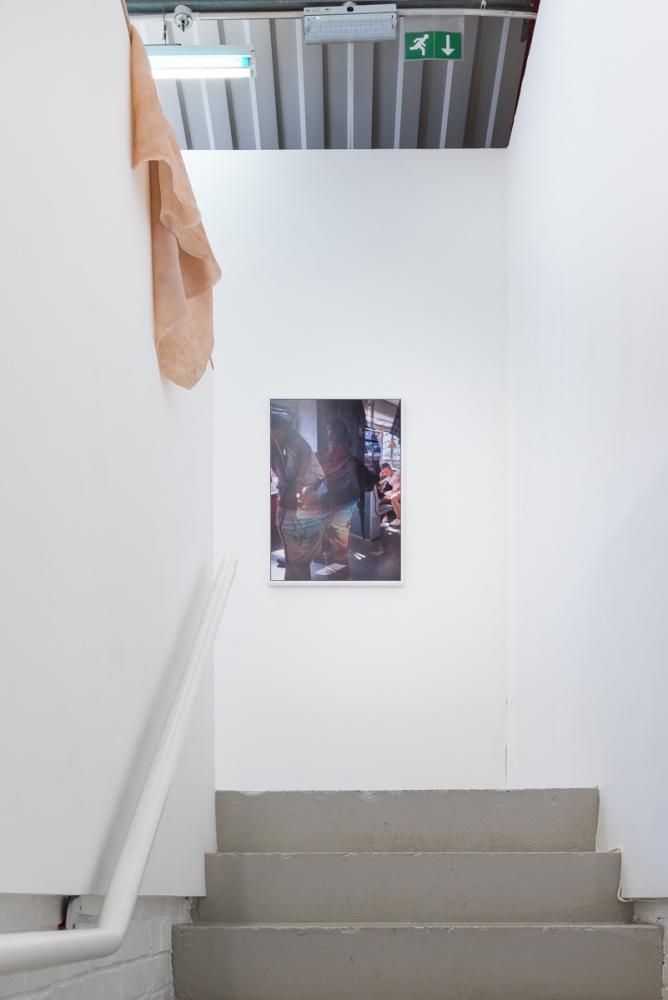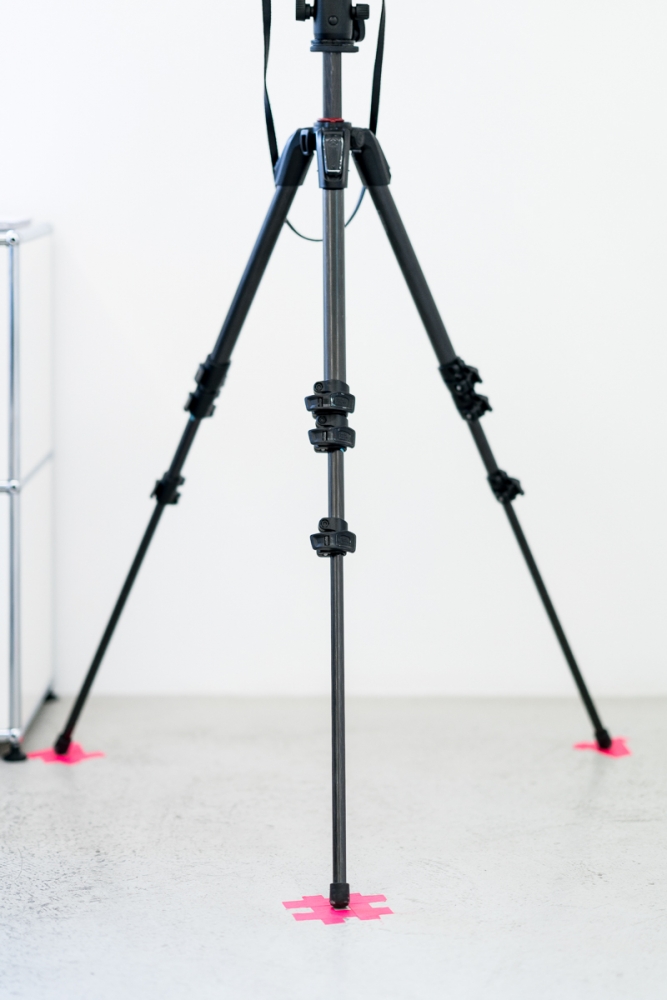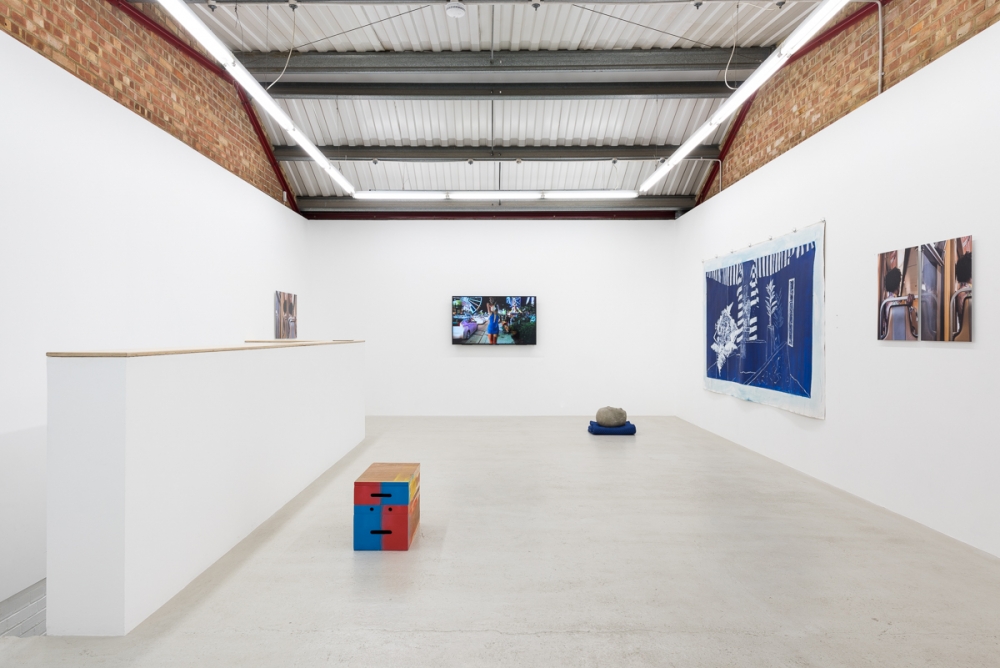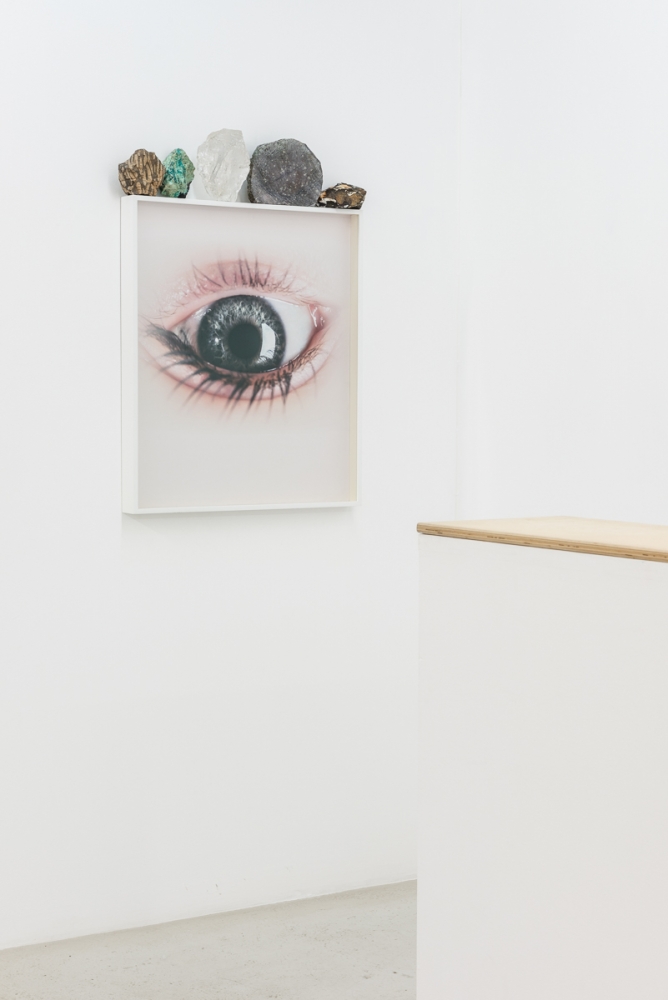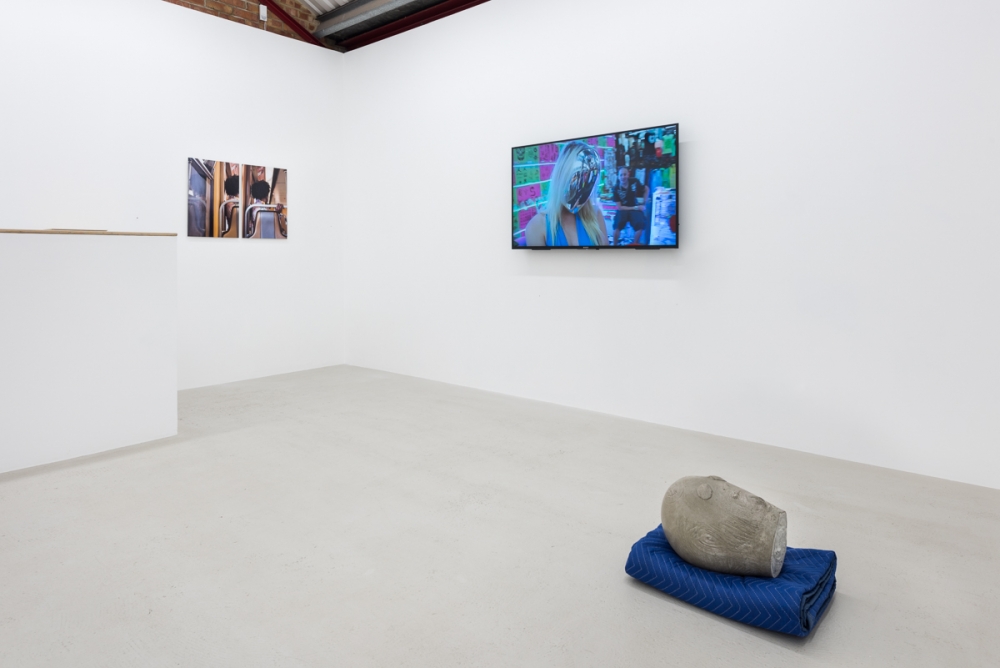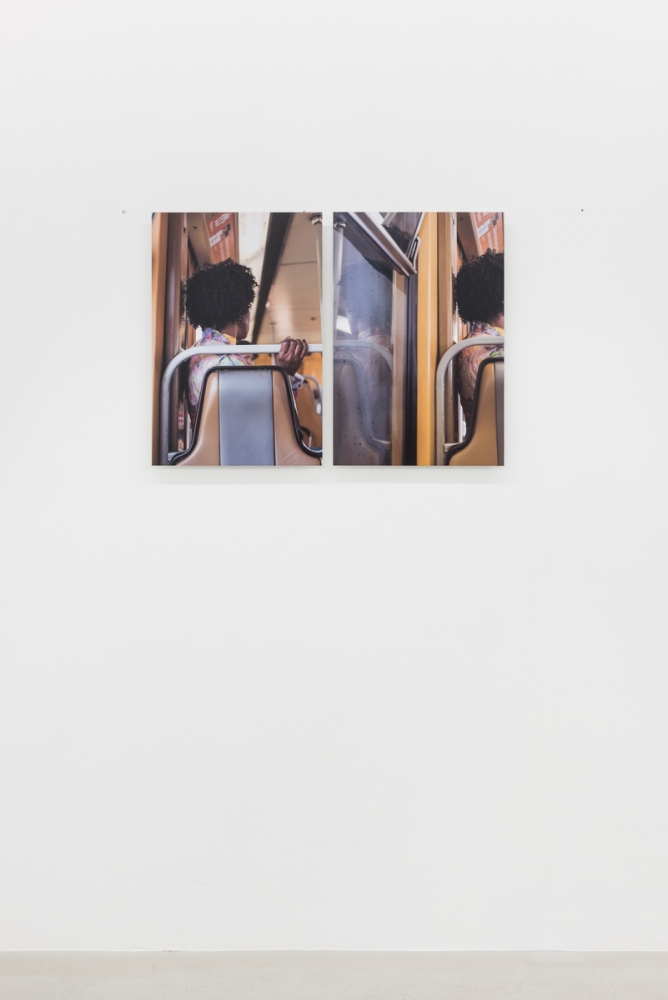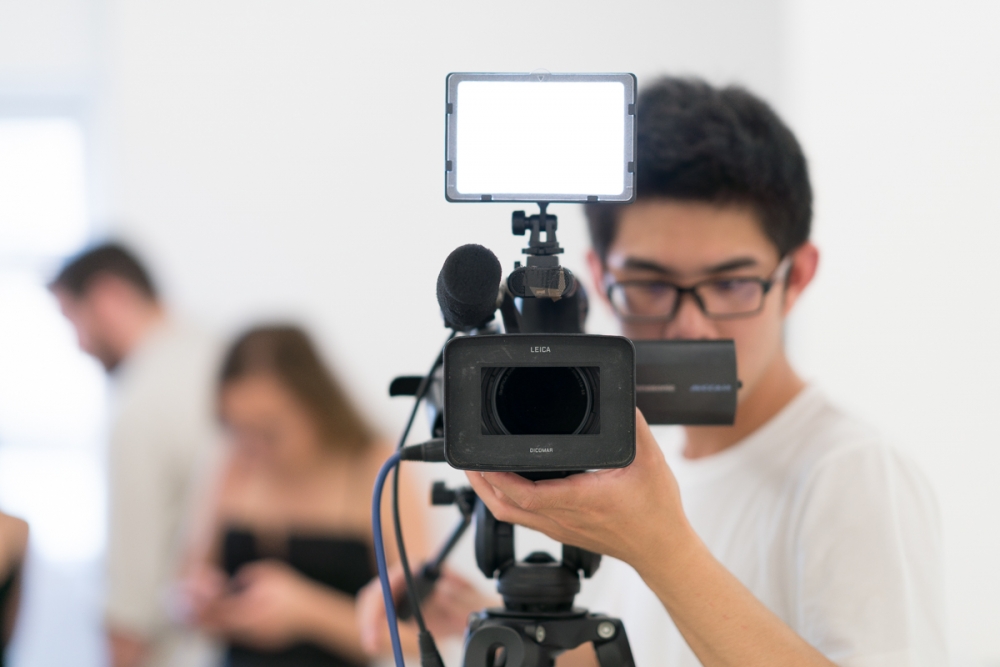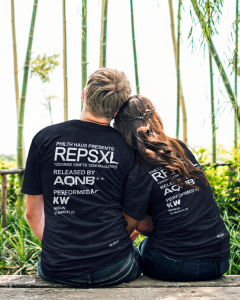“Brackets are there to add to a thought,” writes Damian Griffiths when asked about the title of the ] [ group exhibition he curated at London’s Annka Kultys Gallery, “they are part of the architecture of language but strangely apart from it as well. It is like the opposite of the auto focus point on the inside of a camera ‘[‘ as well as ‘]’ a spatial reminder of the connections between things.”
The show, which opened July 6 and is running to July 29, explores the relationship between the artwork and its documentation through the lens. The curatorial premise inverts the process of the exhibition, arranging and including works pertaining to the camera’s “ideal point of view” first, a process Griffiths explains is when “the image and reality are doing the same thing.”
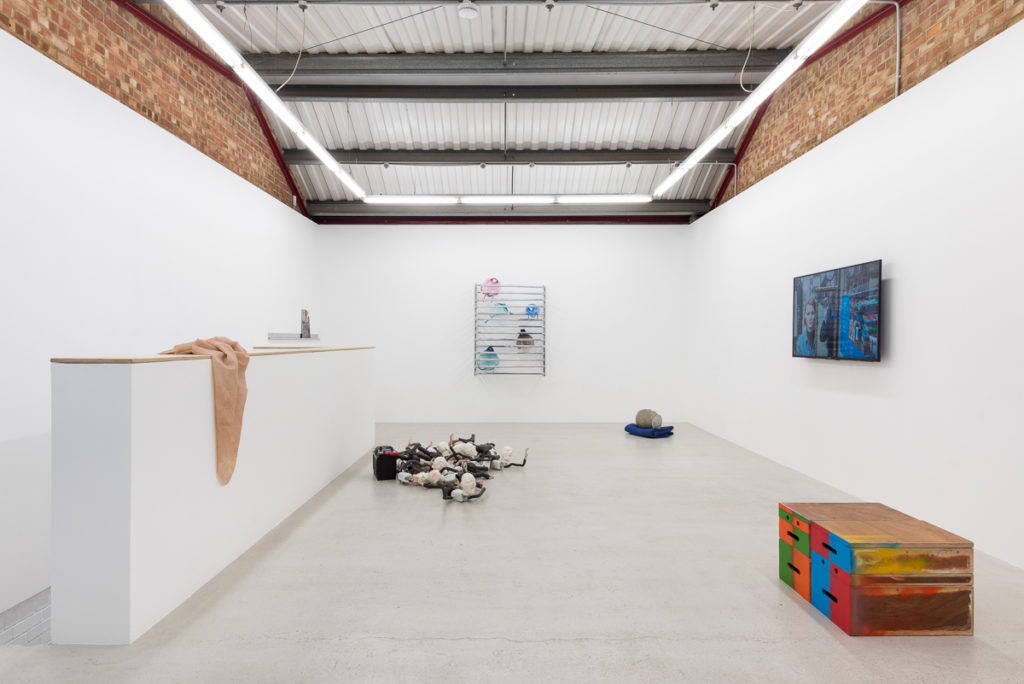
** The press release uses the words ‘ideal viewpoint’ and ‘complicit’ and I can’t help but link this to ideas of truth?
Damian Griffiths: The camera is linked with ideas of truth because of it’s indexical relationship to the world. Of course this idea has been eroded to the point of naught. Yet a photograph would still be evidence enough to get you sent to prison in a way a painting wouldn’t. The truth of photography is that a good photographer is capable of rendering reality to fit their intent. One of the things that interests me about photography is how the world has also come to meet the camera – things like contouring, the make up technique that came to mimic what photo retouchers had been doing for years, or guitars from the 50s painted in TV yellow – the stage lights at the time were too strong and the poor dynamic range of the black and white cameras meant that white objects would blow out, so anything that you wanted white was painted yellow. I say complicit because I don’t think the gestures are innocent but other words that could fit the same feeling would/could be enmeshed, tangled, resonance, echoing, reciprocity or mimicry.

** Viewing art definitely happens way more online, do you find this to be an exciting direction?
DG: I have two children and a busy work life. I used to see everything, now I see what I can! I think most of what is online to the best of its ability is trying to reach out to an audience in the most immediate way it can. Within the usual perimeters of putting on your best face, most documentation is about enticing an audience to engage with the work further. But within the system of trying to look your best there are lots of technical considerations that can muddy those waters.
** Would you say this show is very much about the viewpoint of the documenter and curator (you) rather than the artists?
DG: What makes me a good commercial photographer is that I see it as a purely technical discipline. The work directs me as to how it should be best photographed. With regards to the show, I would say Annka and I organised it, the camera curated it. What is important is that the documentation of the work is not my work. I’m not trying to be Lousie Lawler, her work is great but I’m not looking to appropriate the value of these works into my own. It’s okay for photographs to be just photographs and not art work. However, I am happy for this relationship to be uneasy. Uneasy relationships could have been the strapline for the show.
** Do you think IRL spaces are on their way out?
DG: It is becoming increasingly hard to do for all the usual reasons, however, I couldn’t trust an online-only space. I need to know it exists, even if I can’t get to see it. It’s a bit like playing music, it’s cool to practice in the garage but you’re not a band till you get on stage.
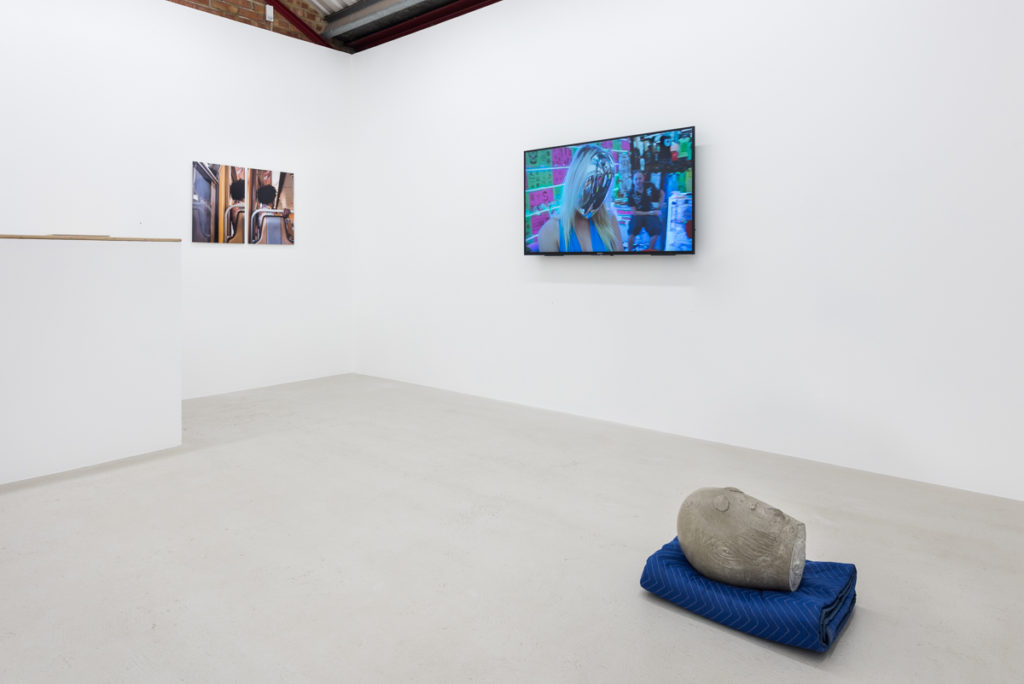
** What do you hope the audience would get out of this project. Are there any interesting results or discussions that have come out of this?
DG: What I hope the audience gets from this exhibition is that nothing is given, everything has intention. The walls might be painted white but they are not invisible. The documentation of the show may be natural but it is not neutral. The art work and the art world should be seen in the round. The best of these conversations have come out from speaking with the artists and galleries who were involved in making the show happen.**
